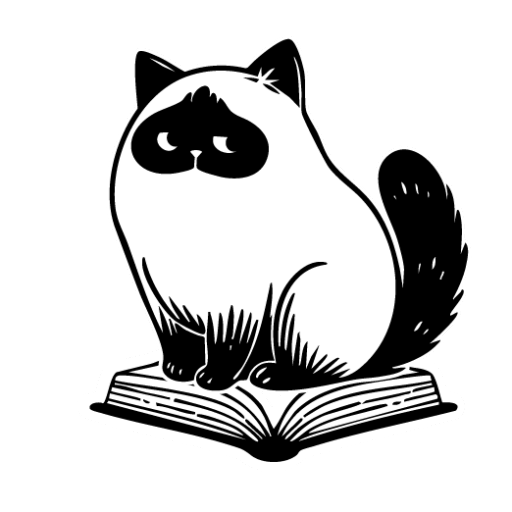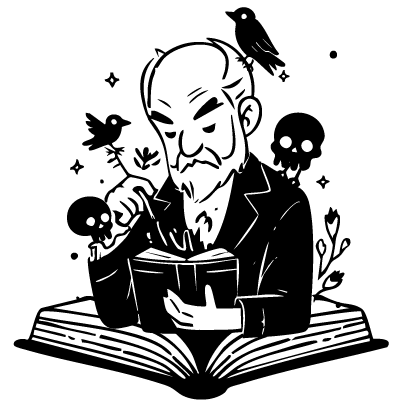Hulda Andersson was, by all accounts, not a beautiful woman. At least, that’s what I’ve heard, and the few photos I’ve seen do little to contradict the claim. She lived on a farm outside Blomstermåla at the end of the 19th century. Her husband passed away while she was pregnant, and she gave birth to a son, Karl Henry, alone in the kitchen.
Barely had the umbilical cord been cut before the debt collector knocked on the door, demanding payment for her late husband’s debts. As a result, Karl Henry was never baptized—and was taken by the trolls a week later. In his cradle, they left a changeling: ugly as sin and hairy as few. He had a pig’s snout, and from his mouth occasionally came a scream that could wake the dead—or at least the heavily intoxicated.
Hulda, in her misfortune, understood that the game was up and her Karl Henry was gone. But she also knew the value of a strong boy on a farm. So she took the troll child out to the woodshed, chopped off its tail with the axe, trimmed its hair, plucked its eyebrows, and gave him the name Karl Henry the Second.
When the troll mother came to fetch her child, Hulda had already set the trap. In Henry’s cradle lay a piglet, covered in glued-on horsehair, snoring contentedly. The troll took the piglet and returned to her troll den, satisfied. Hulda followed her, and once they were all asleep, she struck—killing every last one of them in their beds and looting the den of anything valuable.
With the troll gold she claimed as spoils, she paid off all the debts, bought more land for the farm, and hired staff. The first of Blomstermåla’s gossipy old women who dared whisper something about Karl Henry’s somewhat troll-like appearance got a taste of Hulda’s wrath. Hulda promptly bought the old woman’s cottage and burned it to the ground.
And so, Karl Henry grew up, fell in love with a maid he got drunk one Midsummer’s Eve, and nine months later, my great-grandfather was born: Adolf Andersson.






Leave a Reply